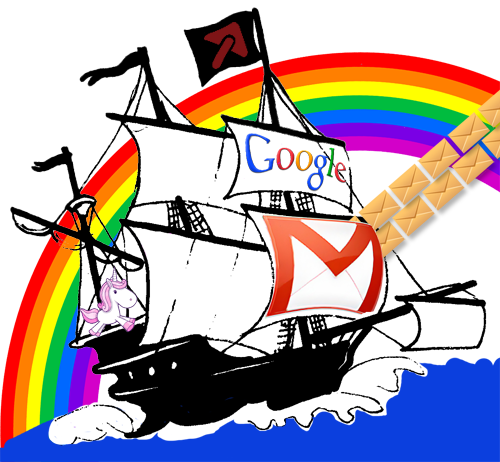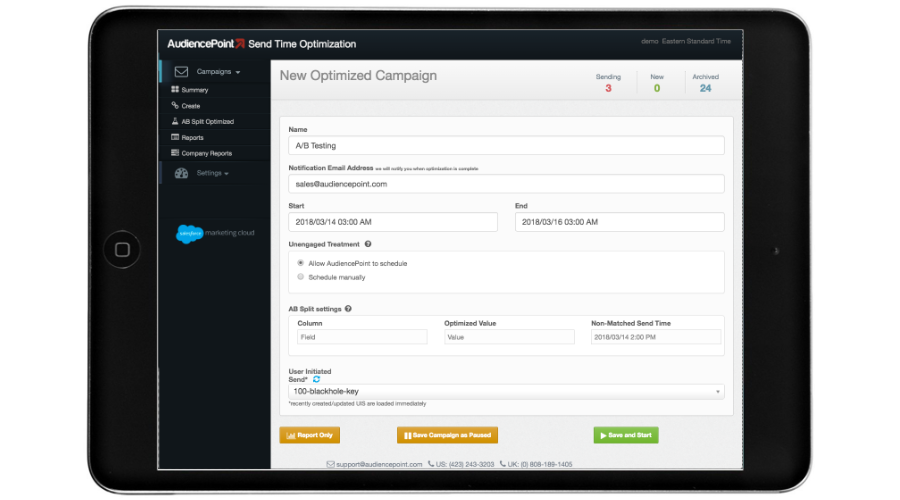AudiencePoint is thrilled to announce our new integration with Klaviyo! AudiencePoint is looking for partners to pilot our...
The news of Apple pre-fetching tracking pixels took the email marketing industry by surprise. Email marketers began to panic. Panic because their tracking pixel-based technologies were prevalent everywhere. Technologies like open time personalization, open-splits for journeys and send time optimization.
Strategy, email marketing is like wealth management
Every email marketer wants that single technology lottery ticket that will be implemented and revenue will quadruple. While those stories do exist in email marketing, they are few and far between. The lottery should not be your success plan. A better metaphor here is wealth management. Basically, a lot of small, right decisions that grow a small amount of money into a large amount of money.
Does timing still matter?
Marketers have four “P”’s that they have to answer to: Price, Product, Placement, and Promotion. Just because Apple changed how they were opening pixels, doesn’t change the underlying need to deliver messaging to individual subscribers at the most convenient time. Your subscribers will open more of your email if it is at the top of their inbox when they engage.
How do you hit the top of the inbox?
There are several ways. The easiest and most cost effective is Send Time Optimization, a technology that reads and analyzes previous open and click activity to predict when each individual subscriber will be engaging with email.
But Apple?
Yeah, Apple did a thing and scared a lot of email marketers into thinking that their programs were over, and all of their technology would be rendered useless. The truth is anything but that. In 2014, we at AudiencePoint began to see an inordinate increase in the amount of open events. This increase was new and different. It was bot activity which our engineers identified and quarantined to keep our algorithms chugging along and our customers happy.
It impacted open rates
While continuing to use opens as an input to the algorithm, but switching to a heavier weighting of a more downstream metric like clicks, you see less impact from open rates. What resulted was a substantial lift in revenue. When you target a given metric with your input data, that is the outcome that is arrived at. So by targeting subscribers lower in the funnel brought them closer to their purchase times.
But there is less data
Yeah, there is less data.
We aren’t concerned
At AudiencePoint, because of our Global Data Pool, we have more data than we know what to do with. Seriously, if you remember the early 2010s when the rage was the term “Big Data,” we were the poster child. We lose some inputs to our algorithm but, on average each one of our subscribers contributes an average of 2,000 engagement data points. This makes the Apple news substantially less impactful.
Just filter
If a subscriber has false opens, don’t include them in the algorithm. Apple was not the first player to do this. Barracuda Network, Mimecast and countless others have been pre-opening pixels for years. Apple is just sucking up all the oxygen in the room. Will there be subscribers that we can no longer target, yeah, a handful, but because of the size of our datapool, the key is to use this new found data as filters on the inputs to the algorithm.
This isn’t new
As previously mentioned, false opens and false clicks have been around for a long time. The key is to identify those events and suppress them from view. We pulled a random deployment from one of our customers and did a traffic and recency analysis. We were able to determine that 16.59% of the open activity was produced by some mechanical means, clicks were 13.19%. Which means that both your open and click rates are about 15% higher than they actually are.
The below chart shows the opens and clicks that take place within the 1 minute threshold:

And this chart shows what an expected or natural curve should look like.

The big difference is that first minute. AND THIS IS BEFORE APPLE.
Does STO still work?
It absolutely does, the new Apple MPP technology just means that fewer email marketers will be forging their own DIY STO solutions.
Change is still change, and here is our response
We can’t ignore the industry move here by Apple, so what is AudiencePoint doing?
- Increasing more data – We have aggressively been seeking out new data feeds that we can base STO on. While we have a lot of data, there is still more that we can consume and that will increase the efficacy of STO
- Including real-time signals – Send the email as soon as the subscriber shows real activity in their inbox. No need for a predicted time when the subscriber is active right now.
- Including new metrics like conversion data – Revenue increased for our customers when we started to target STO further down in the funnel, conversion data will have the same effect.
- Better and more input filters – Better identification of what open and click activity is real and what is artificial strips the noise out and allows the STO algorithm to focus on the signal.
- Offering free trials for anyone that wants to see the technology in action. – What would a response article be without a shameless plug for doubters to test the technology out.
STO is even more important now.
While open rates are really just the direction of the wind for many email marketers, the metric did provide a consistent measurement to help drive deliverability. Without opens, deliverability is going to get much harder, and so much more important. This fact is by no means a death blow. That said, brands should increase their spend on everything from list health to STO because it is the small consistent decisions that drive success.





